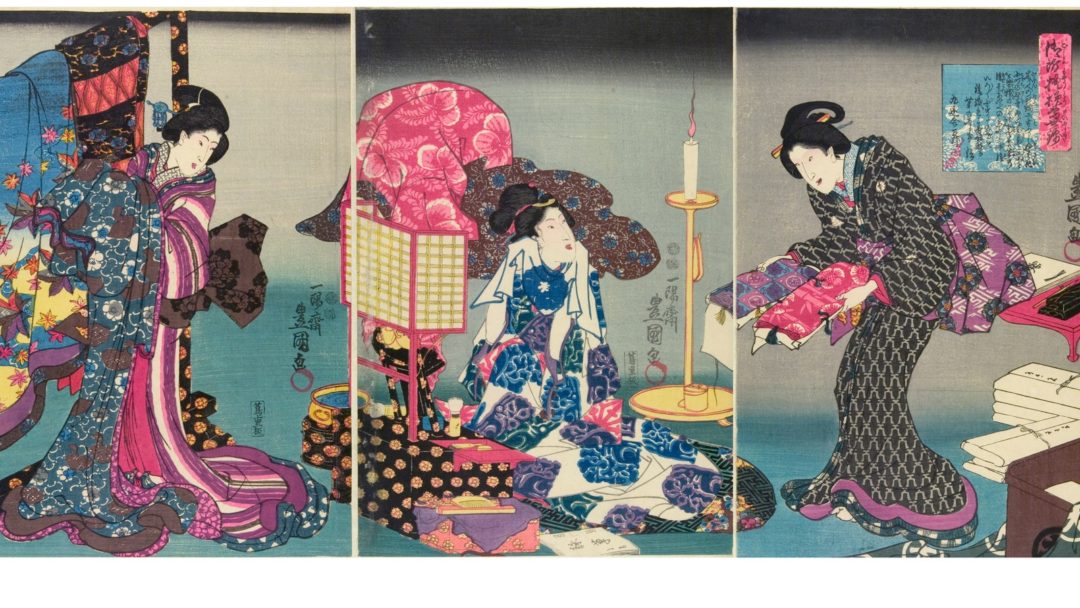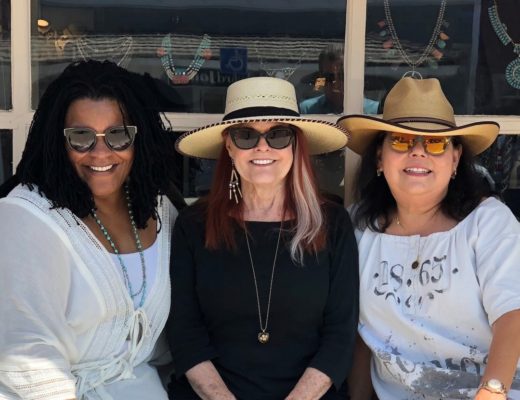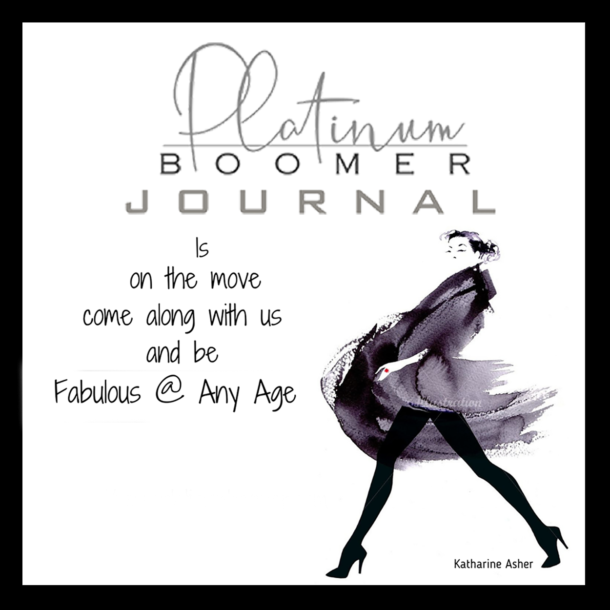Design creates culture. Culture shapes values. Values determine the future…Robert Peters designer
The word kimono means “the thing to wear.” Such a simple translation for an expert work of art and bespoke garment. The long history of the kimono is one of the best examples of how clothing confers a sense of identity and social standing. And how it has stood the test of time and remained an icon of design for over 400 years.

The kimono began life as a kosode, a simple, small sleeve garment, introduced in the Heian period : 794-1192. Two straight cuts of fabric were sewn together that easily fit multiple body shapes. It quickly became the uniform of the day for woman.
The Edo period : 1603-1868 saw Japanese culture develop with virtually no foreign influence. This time is known as the final era of traditional Japan. And the kosode was one of the primary elements of what it meant to be Japanese. Kosode was a visibly simple unifying cultural marker. Every Japanese person wore it, men and women, regardless of age, gender, or socio-economic standing.

As we can see with this “brief” history of the kimono, the two similar versions of the eventual kimono were the kosode | small sleeve and furisode | longer swinging sleeves. Both designs were worn by noble samurai women and wealthy women of the merchant class. Embellished with gold leaf, embroidery, weft-patterns, stenciling, and hand-painting. This one of a kind kimono had emerged as the couture of the time. The finest quality of workmanship was essential for presenting the rank, gender and refinement of the individual wrapped in a bespoke kimono.
The Victoria & Albert Museum, London
There are over three hundred garments and accessories featured in this expertly curated exhibit. Now on view through October 11th at V&A Museum in London. The exhibit begins in the mid-17th century, just as Japan is transitioning from the Edo Period : 1603-1868 to the Meiji period : 1868-1912. Three-dimensional bespoke mannequins illuminate the rich artistry of each kimono. As Anna Jackson co-curator of the exhibit says “with these bespoke mannequins the kimono comes to life.” This is the first major exhibit in Europe for the kimono
In those exceptionally prosperous times in Japan, artists, courtesans, and the wealthy class set the trends followed by the style-conscious upper-middle class. With the demand for bespoke kimonos and the intricacies involved in the design ‘master’ books became the first step in determining the design of the garment. The Hinagata bon – the design|pattern books, also on display. An individual expert did each phase of the construction of the garment. The process began with the vision of the commissioning client, to the textile shop, to the artisans for the final design. The combined talents were creating a unique – one of a kind work of art.

From Jedi to John Galliano
The exhibit brings together the vast influence that the kimono has had over so many fields of design. An unexpected, contemporary standout is the Alexander McQueen dress, pictured above, which he designed for Bjork and was used on the cover of her Homogenic album. The unexpected costume designs by John Mollo for Star Wars. Multiple designers have called upon the kimono as inspiration in their designs. Including Thom Browne and Jean Paul Gaultier, featured in the exhibit. To round out the exhibit, accessories for the final dressing of the kimono and the hair ornaments worn to complete the look are on view. Also, the Hinagata bon – design and pattern books are represented.
In 1975 I devoured James Cavell’s book, Shogun. I was immediately transported back to the 1600s in Japan. When I finished the book I was obsessed with all things vintage Japanese. I would adore to see this magnificent exhibition and return to the incredibly beautiful V&A Museum. Please make time to view the curator tour with Anna Jackson here.
One of my treasured wedding gifts is a beautiful vintage silk kimono that hangs today, on display in my dressing room. Do you have a special story about Japan or a beautiful kimono?

















14 Comments
Sandra Axelrod
September 23, 2020 at 2:20 pmVery interesting piece with stunning pictures. Love the John Galliano kimono/dress!
kate granado
September 24, 2020 at 9:20 amI know, John Galliano was fabulous. I would love to see in person! xok
LAURIE
September 23, 2020 at 1:14 pmYour post and the video walk was very illuminating! Such beauty! Thank you for sharing this with us.
kate granado
September 24, 2020 at 9:23 amThis was one of my favorite posts. I also loved doing the research on the kimono, it was fascinating. xok
Patti
September 21, 2020 at 11:32 amI watched Anna Jackson’s V&A Museum tours – it’s fabulous!
kate granado
September 24, 2020 at 9:24 amall three video tours are fabulous. Happy you enjoyed the post. xok
Leslie Martel
September 21, 2020 at 11:03 amThank you for telling us about this exhibit…will enjoy seeing it online.
kate granado
September 24, 2020 at 9:24 amIf you have not yet…watch the video, all three! xok
Leslie Martel
September 21, 2020 at 11:02 amHad my first trip to Japan planned for this past April…obviously that didn’t happen which was so disappointing. Hoping it will be possible one day. I am jealous…you have a “dressing room”….aren’t you the lucky lady!!
kate granado
September 24, 2020 at 9:27 amI would love to go to Japan. We’re watching Shogun thus week!! It’s a walk-in closet, but dressing room sounded so luxurious!! xok
Susan Swanson
September 21, 2020 at 9:14 amExtraordinary Art! Japanese art was a great influence in my home décor in Laguna Beach, California in the late seventies. Remembering a wonderful time.
kate granado
September 24, 2020 at 9:27 amIt does not surprise me that you would surround yourself with Zen! xok
Carol
September 21, 2020 at 5:17 amEXQUISITE!!!
kate granado
September 24, 2020 at 9:28 amI love your one-word reviews! gracias xok